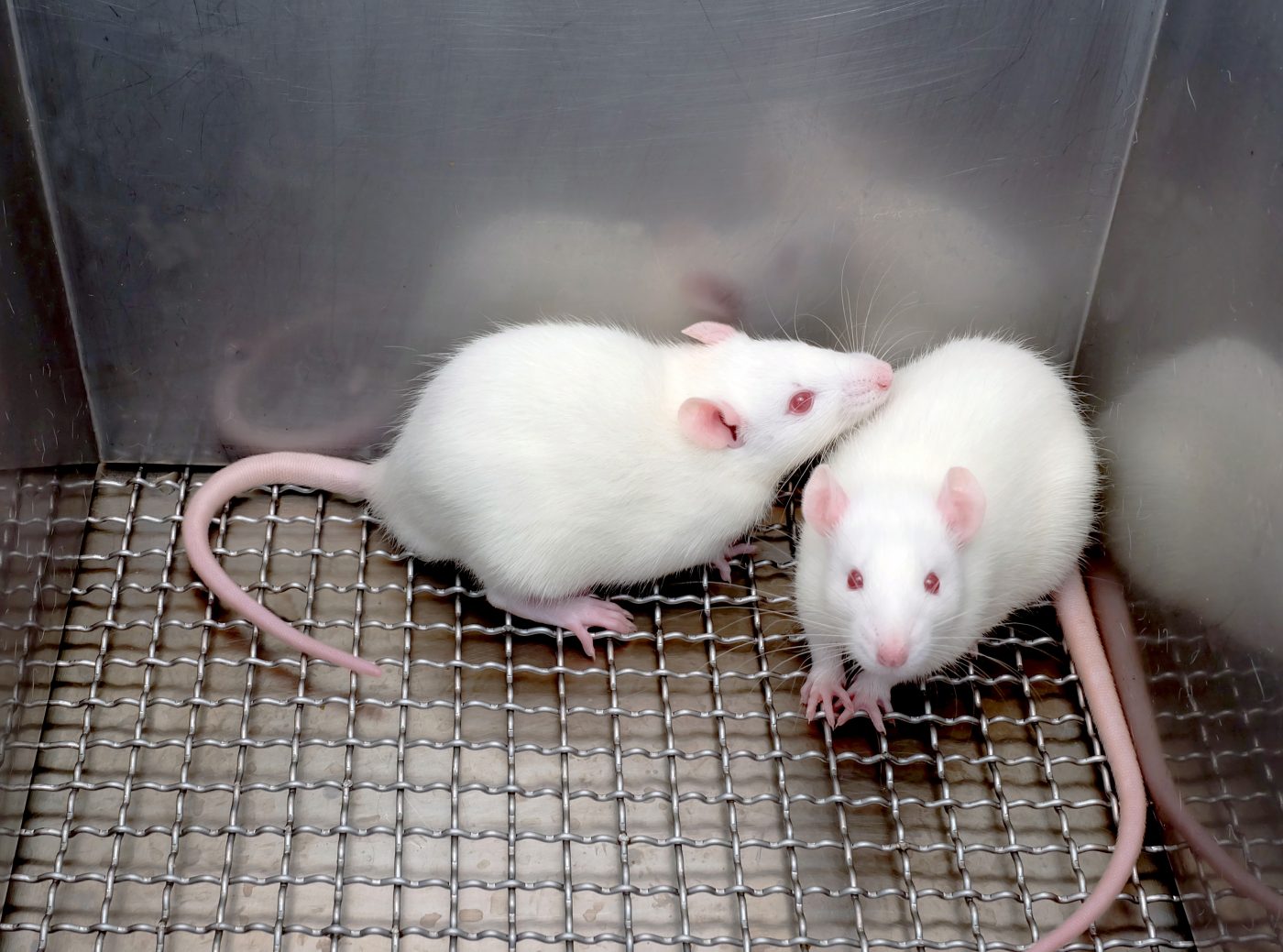DNA-based Therapy Reduces Anxious Behavior in Huntington’s Mouse Model, Study Shows

Suppressing the expression of the defective huntingtin gene using antisense oligonucleotides lowered anxiety-like behavior in a mouse model of Huntington’s disease, a study reports.
These compounds were also efficiently delivered into the brains of nonhuman primates and targeted specific areas involved in cognition and psychiatric function.
This study, “Huntingtin suppression restores cognitive function in a mouse model of Huntington’s disease,” was published in Science Translational Medicine.
Huntington’s disease (HD) is caused by a genetic defect in the huntingtin (HTT) gene, leading to a progressive loss of motor function and psychiatric health.
Although HD is often considered a motor disease, the symptoms reported to be of greatest concern are often cognitive and psychiatric disturbances. Accordingly, altering the course of cognitive and psychiatric decline would greatly improve patients’ quality of life.
However, most potential therapeutic options focus on preventing and improving limb movement coordination.
In this study, researchers addressed the potential of using short sequences of synthetic, single-stranded DNA, called antisense oligonucleotides (ASO), to alter psychiatric and cognitive decline in an HD mouse model.
Antisense oligonucleotides are complementary to the mutated sequence of the HTT messenger RNA. The antisense oligonucleotide binds to the HTT messenger RNA and prevents it from being translated into protein. In this way, the gene is “silenced,” or blocked, from creating toxic proteins.
These compounds have already been found to be well-tolerated in clinical safety trials for multiple neurological disorders, including a first-in-human Phase 1/2a trial (NCT02519036), testing Ionis Pharmaceuticals‘ IONIS-HTTRx in adult patients with early manifest HD.
Researchers in this study used four different ASOs (muHTT1, muHTT2, muHTT3, and hHTT) designed specifically for the mutant HTT gene. HD mice received a rapid injection into the vein of either one of these ASOs or a saline (placebo) solution. Animals were treated either at 6 weeks old, when they do not show symptoms (early intervention), and at 6 months of age (late intervention).
ASO muHTT2 proved to be toxic and was discontinued.
But all other ASOs blocked HTT mRNA levels to a large extent. Of the three tested, ASO muHTT1 was the most effective, suppressing 89% of HTT mRNA for more than 46 weeks in nonsymptomatic mice. Similar results were observed in mice that received a late intervention.
Researchers reported that ASO treatment prevented the shrinking (atrophy) of the forebrain in HD mice, a symptom characteristic of HD progression. ASO muHTT1 therapy significantly preserved the weight of the brain, the team noted.
To measure anxiety in these animals, the researchers assessed their time spent at the center of an open field. In mice already exhibiting anxiety-like behavior, ASO hHTT and muHTT1 restored normalcy, demonstrated by these animals spending more time in the center of the field than placebo-treated mice.
In nonsymptomatic mice, ASOs prevented anxiety-like behavior at 3 months of age, but its efficacy was lowered by the time they reached 9 months old.
In the clinic, HTT ASOs are currently being delivered to patients via lumbar puncture, or spinal tap. To determine whether ASOs delivered by this method can target the regions implicated in cognitive and psychiatric control in a larger brain, researchers injected cynomolgus monkeys with one of the two independent sequences of nonhuman, primate-specific ASOs (NHTT1 and NHTT2) or a placebo control via spinal tap under anesthesia.
Animals received weekly injections of ascending doses of one of the ASOs for four weeks, with tissue collected four weeks after the last dose.
Distribution of the two HTT ASOs in different brain regions was similar. This was consistent with the therapy’s capacity to reduce HTT mRNA in all brain regions assessed, including the cortex and limbic regions, which control cognition and psychiatric functions.
“We show that ASO therapy ameliorated psychiatric and cognitive impairments in a mouse model of HD. In addition, cognitive and psychiatric dysfunctions were not only prevented but also, in some paradigms, reversed,” the researchers wrote.
“HTT ASOs distribute to regions involved in psychiatric and cognitive function in a NHP [non-human primates] brain, suggesting that the same approach might be beneficial in the clinical setting,” they added.
These results support “the use of ASOs as a therapeutic for HD and provides a rationale for including cognitive and psychiatric endpoints in future human trials,” they concluded.






